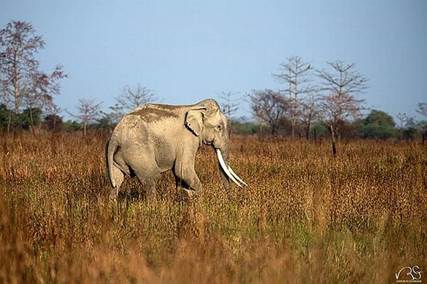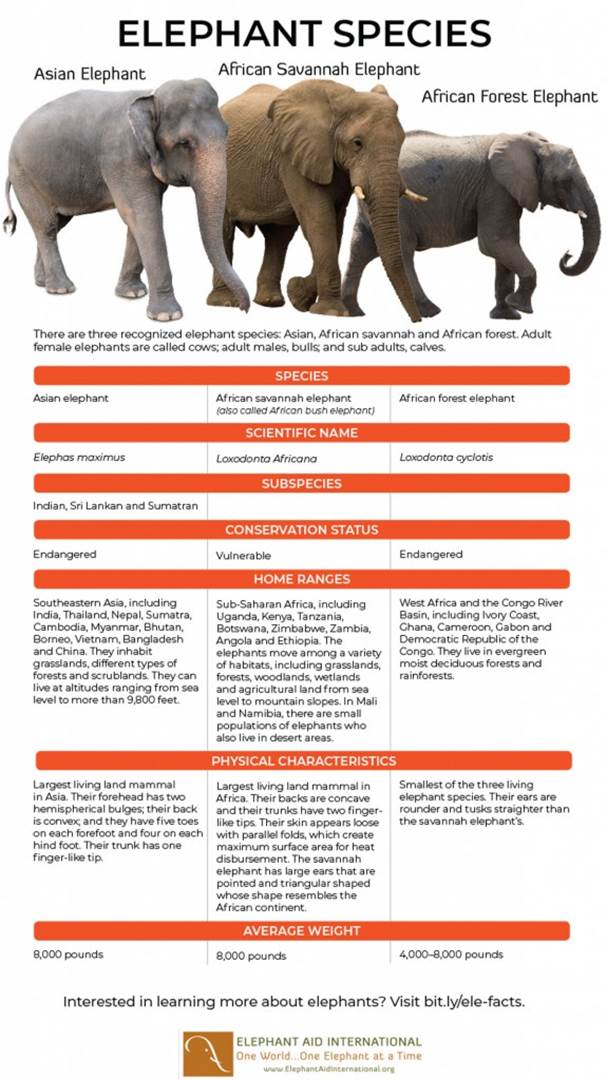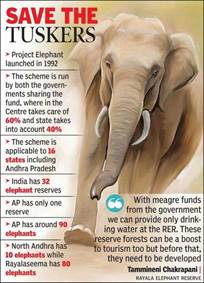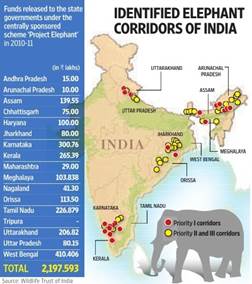Free Courses Sale ends Soon, Get It Now


Free Courses Sale ends Soon, Get It Now



Copyright infringement is not intended
Context: World Elephant Day is observed every year on August 12 with the goal of recognising their importance in our ecosystem.
Details:


|
Elephant Range |
Elephant Reserve |
State |
Total Area |
|
Eastern India |
1. Mayurjharna ER |
West Bengal |
414 |
|
2. Singhbhum ER |
Jharkhand |
4530 |
|
|
3. Mayurbhanj ER |
Odisha |
3214 |
|
|
4. Mahanadi ER |
Odisha |
1038 |
|
|
5. Sambalpur ER |
Odisha |
427 |
|
|
6. Badalkhol-Tamorpingla |
Chhattisgarh |
1048.30 |
|
|
North Brahmaputra |
1. Kameng ER |
Arunachal Pradesh |
1892 |
|
2. Sonitpur ER |
Assam |
1420 |
|
|
South Brahmaputra |
1. Dihing-Patkai ER |
Assam |
937 |
|
2. South Arunachal ER |
Arunachal Pradesh |
1957.50 |
|
|
Kaziranga |
1. Kaziranga – Karbi Anglong ER |
Assam |
3270 |
|
2. Dhansiri-Lungding ER |
Assam |
2740 |
|
|
3. Intanki ER |
Nagaland |
202 |
|
|
4. Singphan ER |
Nagaland |
23.57 |
|
|
Eastern Dooars |
1. Chirang-Ripu ER |
Assam |
2600 |
|
2. Eastern Dooars ER |
West Bengal |
978 |
|
|
E. Himalayas (Meghalaya) |
1. Garo Hills ER |
Meghalaya |
3,500 |
|
Nilgiri –Eastern Ghat |
1. Mysore ER |
Karnataka |
6724 |
|
2. Dandeli ER |
Karnataka |
||
|
3. Wayanad ER |
Kerala |
1200 |
|
|
4. Nilgiri ER |
Tamil Nadu |
4663 |
|
|
5. Rayala ER |
Andhra Pradesh |
766 |
|
|
South Nilgiri |
1. Nilambur ER |
Kerala |
1419 |
|
2. Coimbatore ER |
Tamil Nadu |
566 |
|
|
Western Ghat |
1. Anamalai ER |
Tamil Nadu |
1457 |
|
2. Anamudi ER |
Kerala |
3728 |
|
|
Periyar |
1. Periyar |
Kerala |
3742 |
|
2. Srivilliputtur ER |
Tamil Nadu |
1249 |
|
|
Northern India (Uttaranchal-U.P.) |
1. Shivalik ER |
Uttarakhand |
5405 |
|
2. Uttar Pradesh ER |
Uttar Pradesh |
744 |

© 2024 iasgyan. All right reserved